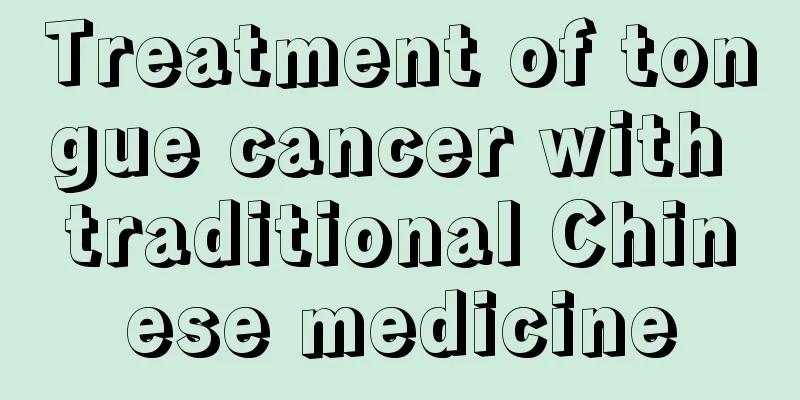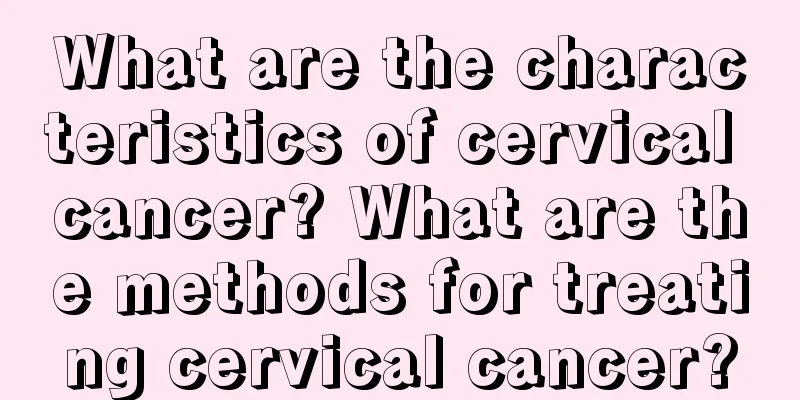Can varicose veins be treated with bloodletting?

|
Varicose veins are a very common disease in daily life. It not only causes great harm to the patient's physical health, but also seriously affects their life and work. Therefore, it is particularly important to find a scientific and effective treatment method. Many people choose bloodletting for treatment, but this method has certain risks, so it is not recommended. Patients need to seek medical treatment in time and choose scientific treatment methods. 1. Can bloodletting be used to treat varicose veins? The so-called bloodletting therapy is not uncommon, nor is it unique to China. In fact, it has been present in the early medical history of many parts of the world. It is also a very popular treatment method on the streets of India. With the development of medical science, bloodletting therapy has largely disappeared from the stage of history. But at present, there is still a certain market among the people in various places. In fact, the principle of treatment is nothing more than acupuncture of certain acupuncture points or small veins on the surface of the body to release a small amount of blood. The specific treatment effect lacks clinical verification, but it is often seen causing trouble. 2. The blood released is somewhat deceptive Bloodletting therapy usually punctures the superficial veins, so the blood released is dark red. People who have not carefully studied the color of blood may be easily frightened. Because many people have the impression that blood is always bright red, they think that dark red blood is toxins or blood stasis. They naturally believe that if the blood is released, the condition will be cured and they hold great hope. However, this is not the case in reality. In fact, venous blood is dark red in color due to its low oxygen content. If bloodletting is performed in areas where varicose veins are more severe, the color will be even darker. 3. Three major factors of thrombosis: Hypercoagulable state Slow blood flow Vascular damage Hypercoagulable state refers to a state in which the body's internal environment, caused by various factors, presents a state in which the blood is more likely to coagulate than normal. There are many reasons, including medications, certain diseases, surgery, pregnancy, reduced water intake, etc. We will not discuss them here today. Let's talk about the other two factors that are more directly related to bloodletting therapy. Slow blood flow: For patients with varicose veins, because a very important structure in the blood vessels - the valve - is damaged, the superficial veins in the calves become tortuous and blood accumulates in the blood vessels. They cannot circulate blood as efficiently as normal people and lack fresh blood to replenish it, which is especially obvious when standing. Blood vessel damage The vascular endothelium is very smooth, so blood rarely forms blood clots when it flows normally in the blood vessels. However, during bloodletting, the integrity of the blood vessel wall is destroyed, and the damaged area will quickly stimulate the coagulation mechanism to seal the damaged blood vessel wall. This is a normal protective mechanism, but if this process is amplified, the blood clot will begin to spread to the entire tortuous blood vessels, and even the deep veins. |
<<: Can varicose veins be massaged?
>>: How to treat phlebolithiasis
Recommend
What are the symptoms of lung cancer bone metastasis? What are the symptoms of lung cancer bone metastasis?
People with lung cancer are more likely to develo...
What should I do if I have allergic edema on my face? This is the most correct way to deal with it
If your facial skin is allergic, you should stop ...
What are the sequelae of pituitary tumor surgery? Don’t panic if these 5 things happen
Pituitary tumors are tumors that occur in the bra...
What are the early symptoms of lung cancer? There are three early symptoms of lung cancer
Lung cancer is a serious malignant tumor that thr...
Will sweet potato flour go bad?
If sweet potato flour is not stored properly, it ...
What are the symptoms of hand qi? Will it itch?
The hand bad luck mentioned here is actually tine...
What should I pay attention to in my diet after thyroid cancer surgery
What should be paid attention to in diet after th...
What should I pay attention to after radiofrequency ablation of liver cancer? How should I take care of myself?
What are the contraindications after radiofrequen...
What to eat when you are hungry after exercise
Morning is the best time to exercise in the day, ...
Recurrence of hypopharyngeal bone cancer after radiotherapy and chemotherapy
When we have a history of bone cancer, we must pa...
How is shingles treated? Diet therapy for herpes zoster
The incidence of shingles is high in summer and a...
Common knowledge about lung cancer
Many patients are very concerned about whether lu...
What are the precautions when using snake venom serum
People are still quite afraid of snakes, mainly b...
What to do if the swallowing nerve is damaged
Our nerves control the movement of the muscles in...
What should I do if I have bubbles in my mouth?
I think blisters in the mouth are something that ...









